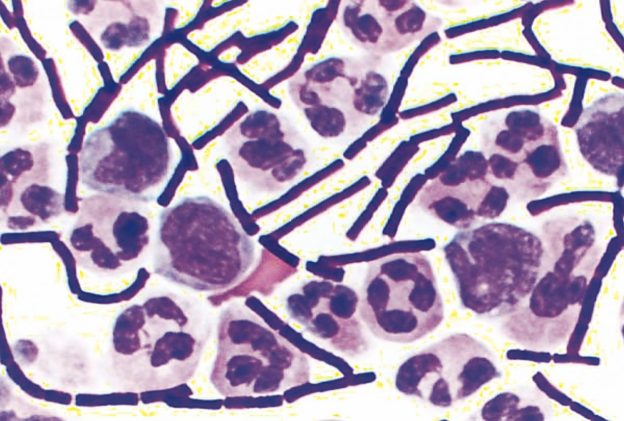The coronavirus that has killed over 180,000 people worldwide was not created with malice. Analysis of its genome suggests that, like many new pathogens, it originated by natural selection rather than human design. But …“Covid-19 has demonstrated the vulnerability of the US and global economy to biological threats, which exponentially increases the potential impact of an attack,” says Richard Pilch of the Middlebury Institute of International Studies. In theory, bioweapons are banned. Most countries in the world are party to the Biological Weapons Convention (BWC) of 1975, which outlaws making or stockpiling biological agents for anything other than peaceful purposes. But some countries probably make them secretly, or keep the option close at hand. America accuses North Korea of maintaining an offensive biological-weapons programme, and alleges that China, Iran and Russia dabble in dual-use biolgical research (for peaceful and military usage) research. Toxins like ricin have also been bought and sold on shady recesses of the internet known as the dark web.
Germ warfare briefly rose to prominence in September 2001, when letters laced with anthrax spores were mailed to American news organisations and senators, killing five people. That was a wake-up call. Public health became part of national security. BioWatch, a network of aerosol sensors, was installed in more than 30 cities across America. But in recent years threats from chemical weapons, like the sarin dropped by Syria’s air force and the Novichok smeared on door handles by Russian assassins, took priority.
Though the Trump administration published a national biodefence strategy in 2018, it shut down the National Security Council’s relevant directorate and proposed cuts to the laboratories that would test for biological threats. Funding for civilian biosecurity fell 27% between fiscal years 2015 and 2019, down to $1.61bn—less than was spent on buying Black Hawk helicopters.
Yet many pathogens used as weapons tend to differ from respiratory viruses in important ways. Those like anthrax, caused by bacteria which form rugged and sprayable spores, but do not spread from human to human, have the advantage of minimising the risk of rebound to the attacker. With the notable exception of smallpox—a highly contagious and lethal virus that was eradicated in 1979 but preserved by the Soviet Union for use against America (but not Europe), and now exists only in two laboratories, in America and Russia—most biological weapons would therefore have more localised effects than the new coronavirus.
Even so, the slow and stuttering response to the pandemic has exposed great weaknesses in how governments would cope…demonstrating that every part of public-health infrastructure is either broken or stretched to the max. The centrepiece of America’s biosurveillance programme, a network of laboratories designed for rapid testing, failed, says Mr Koblentz, while the national stockpile of face masks had not been substantially replenished in over a decade. Would-be attackers will take note.
In 2016 American intelligence agencies singled out genome editing as a national-security threat for the first time. Two years later a major study by the National Academies of Sciences, Engineering, and Medicine warned that synthetic biology, a potent set of methods for tinkering with or creating organisms, could, in time, be used to re-create viruses like smallpox or make existing pathogens more dangerous, such as resistant to antibiotics. In 2011 Dutch and Japanese scientists said that they had created a version of bird flu that could be transmitted between mammals by the respiratory route—an announcement that prompted the Netherlands to treat the relevant academic papers as sensitive goods subject to export controls.
In January 2020 Canadian scientists funded by an American biotech company used synthetic DNA from Germany to synthesise a microbe closely related to smallpox, indicating the ease with which it could be done. “If a potential bad actor pursues a weapons capability using sars-cov-2, the virus is now attainable in laboratories all around the world, and blueprints for assembling it from scratch have been published in the scientific literature.”
The trouble is that biodefence has evolved slowly, says Dan Kaszeta, a former biological weapons adviser to the White House. Compact devices that can detect chemical threats and warn soldiers to don a gas mask have long been available. “That doesn’t exist for anthrax or any of the other aerosol pathogens,” says Mr Kaszeta. “Telling the difference between an anthrax spore and a bit of tree pollen is not something you can do in a couple of seconds.”
Excertps from Biodefence: Spore Wars, Economist, Apr. 25, at 19
